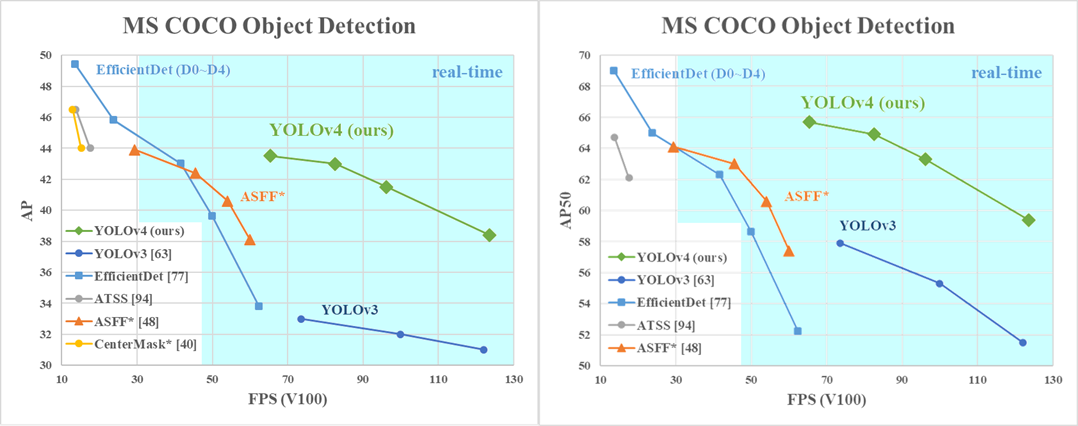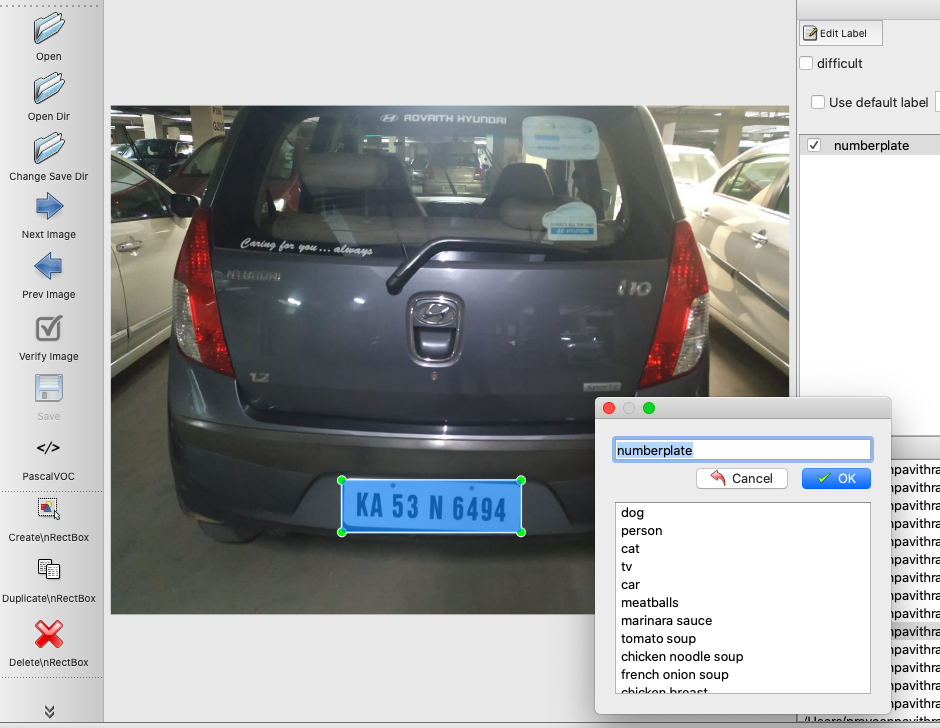GPT3 is out in private beta and has been buzzing in social media lately. GPT3 has been made by Open AI, which was founded by Elon Musk, Sam Altman and others in 2015. Generative Pre-trained Transformer 3 (GPT3) is a gigantic model with 175 billion parameters. In comparison the previous version GPT2 had 1.5 billion parameters. The larger more complex model enables GPT3 to do things that weren’t previously possible.
Continue reading “What is GPT3 and will it take over the World”What is GPT3 and will it take over the World
GPT-3 is the largest NLP model till date. It has 175 billion parameters and has been trained with 45TB of data. The applications of this model are immense.









